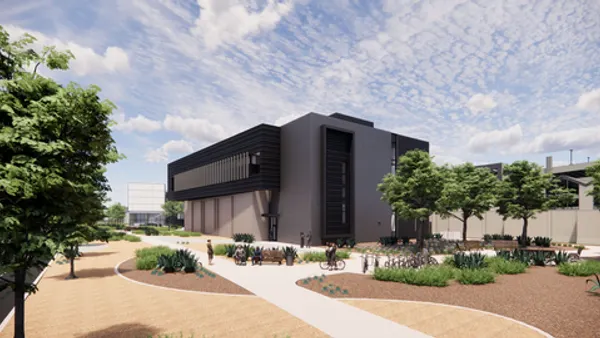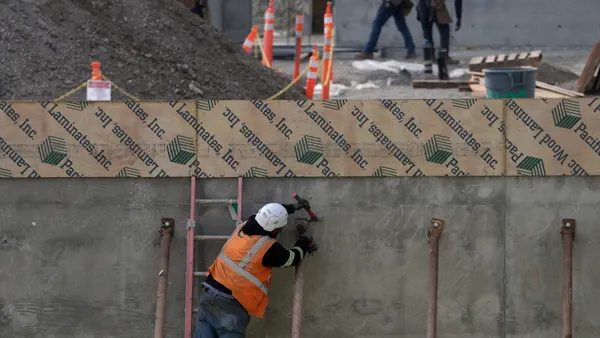A sharp peak in electrical demand can be observed in almost every building during the busiest hours of the day. Although a share of this peak may be attributed to equipment used in the building, a significant portion is caused by increased demand for air conditioning in the heat of the afternoon. This peak in demand requires additional power plant capacity, causes imbalances in the power grid, and may result in increased air pollution. But most importantly for the building owner, peak demand may result in monthly charges many times higher than base electrical rates.
One of the best approaches to shrink peak demand is to reduce the heat load on a building, especially the solar load that drives the need for air conditioning. Few heat reduction strategies can match the energy-savings potential of modern cool roofing technology.
An analysis of the effect of cool or highly reflective roofs in reducing peak demand charges suggests that peak demand charges may account for a significant portion of monthly electric bills across the United States and that cool roofs may provide an equally significant opportunity to reduce these charges when installed on air-conditioned buildings. The analysis also suggests that the peak demand and net energy savings offered by cool roofs are available for both new and existing conditioned buildings in all climates within North America.
In an effort to help building owners and designers deal effectively with peak electrical demand charges, this article provides a step-by-step review of all aspects of peak demand, including how to identify peak demand charges on a typical commercial electrical bill, how to estimate the potential savings achieved when installing a cool roof, and how to achieve other business and community benefits associated with reducing the peak energy demand. This information may be especially important since few articles to date on building energy savings have adequately addressed peak-demand issues.
HOW CAN YOU REDUCE PEAK ENERGY DEMAND?
Since peak energy demand for the majority of buildings occurs in the late afternoon, occupant and building heat loads also tend to crest. For commercial facilities operating primarily during normal business hours, a number of key factors may help reduce the daily demand peak for electrical power. First, the ubiquitous use of electrical equipment in modern buildings may add to both base and peak demand for electricity. Electrical equipment may include motors associated with manufacturing operations as well as office equipment such as computers, copying machines, etc. Reductions in peak equipment demand may be achieved through the elimination of unnecessary equipment or by using equipment with improved electrical efficiency.
To read more on this subject, visit www.duro-last.com/university.









